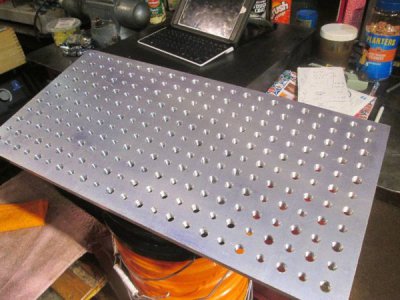- Joined
- Mar 19, 2014
- Messages
- 2,681
Who is "they"? I would tell you differentI have maybe 5 minutes total on DROs... Zero on Trav-A- Dials... They told me I am supposed to DIAL it in!
Who is "they"? I would tell you differentI have maybe 5 minutes total on DROs... Zero on Trav-A- Dials... They told me I am supposed to DIAL it in!
At this time "They" is the internet, misinformation abounds.Who is "they"? I would tell you different

